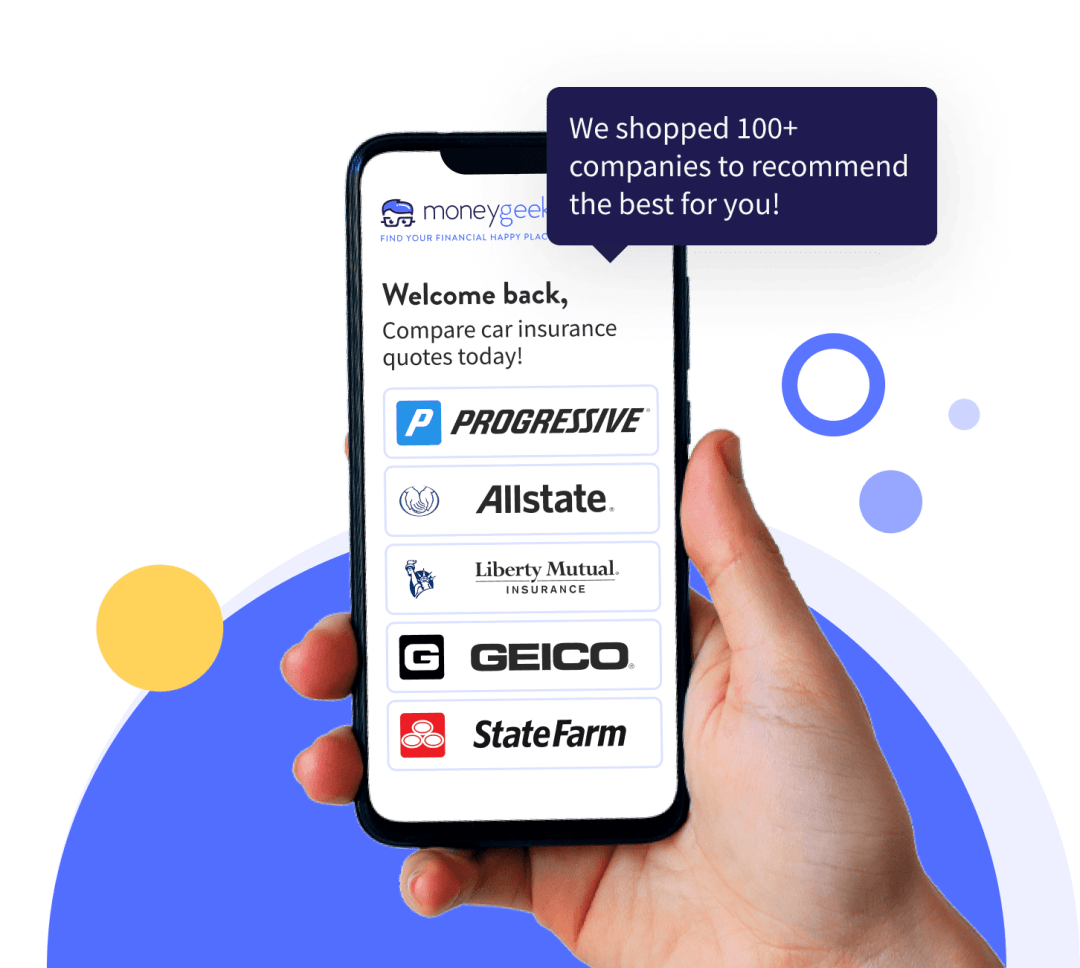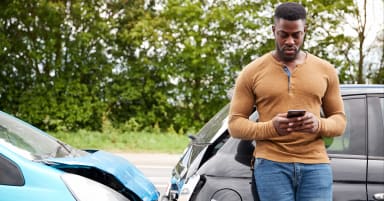Permissive use lets you drive someone else's car with their permission, even if you're not on their insurance policy. Since insurance follows the car, the owner's policy gives financial protection when you borrow their vehicle occasionally.
Permissive use coverage has four key exceptions:
- Household members: Must be listed on the policy if living with the owner
- Regular users: Driving the same car 12+ times per year requires being listed
- Excluded drivers: No coverage for drivers with poor records or suspended licenses
- No permission: Driving without consent voids all coverage and constitutes vehicle theft











